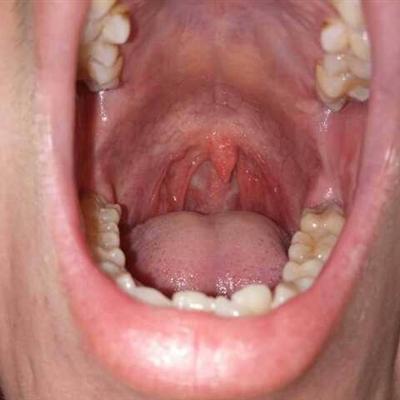What symptom does pelvic cavity cyst have?
summary
Pelvic cyst is a common gynecological disease with high incidence in clinic. It mainly appears in ovarian tumor and can occur in people of any age. Generally, it will not be found in time at the beginning of the disease. It is often detected when the symptoms appear and the condition worsens. It needs to be highly vigilant and attention. What symptom does that pelvic cavity cyst have? Now let's learn more about it!
What symptom does pelvic cavity cyst have?
(1) Lower abdominal discomfort enhancement: this discomfort mainly occurs before the patient touches the lower abdominal mass. Due to the weight of the cyst itself, plus the influence of intestinal peristalsis and body position changes, the cyst will move in the patient's pelvic cavity, thus involving its pedicle and pelvic ligaments, causing the patient to have the feeling of lower abdominal swelling and falling, which enhances the discomfort.

(2) Abdominal circumference thickening with tumor: before the examination, many patients will notice that their belt or pants become tight, but they often think that they have just gained a little weight recently. They never think that it is the abdominal circumference thickening caused by the quiet growth of pelvic tumors. It is suggested that they can go to the regular hospital for examination in time after the abnormal situation occurs.

matters needing attention
In fact, patients themselves can not accurately distinguish whether they are physiological cysts or pathological cysts after the onset of pelvic cysts. Therefore, it is suggested that when the relevant symptoms appear, they should go to the regular hospital for further examination in time to help determine whether further treatment measures are needed. In addition, we must pay attention not to judge our own condition without examination, or even blindly think that our cyst will slowly disappear. This improper practice may make our own judgment wrong, and eventually delay the treatment of the disease.














